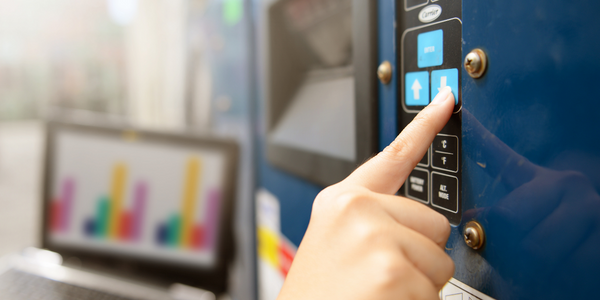Customer Company Size
SME
Region
- America
Country
- United States
Product
- Sage ERP X3
- Sage Payment Solutions
Tech Stack
- ERP
- Payment Processing
Implementation Scale
- Enterprise-wide Deployment
Impact Metrics
- Cost Savings
- Productivity Improvements
- Customer Satisfaction
Technology Category
- Functional Applications - Enterprise Resource Planning Systems (ERP)
Applicable Functions
- Sales & Marketing
- Business Operation
Use Cases
- Inventory Management
- Supply Chain Visibility
Services
- System Integration
About The Customer
Carson Home Accents is a recognized leader in the wholesale manufacturing and distribution of gift, garden, and home décor products to specialty retail stores nationwide. With over 2,500 products and 7,500 customers, the company has consistently proven the enduring appeal of its products. While its business model has changed and its product offering has grown, it remains family-owned and completely committed to exceptional service. The company is located in Freeport, Pennsylvania and operates from a single location.
The Challenge
Carson Home Accents, a leader in the wholesale manufacturing and distribution of gift, garden, and home décor products, was seeking a new ERP solution that offered the functionality, flexibility it required and could deliver a rapid return on investment. The company works with 20 overseas suppliers and the long lead times involved can complicate the company’s goal of optimizing its inventory levels while also ensuring it maintains an adequate supply to meet customer orders. The company was also noticing a significant upward trend in the number of customers using credit cards to pay their invoices, which required a streamlined and facilitated processing tasks.
The Solution
The company selected Sage ERP X3 and Sage Payment Solutions for the solutions’ ability to meets current needs and to scale to meet future demands. Sage ERP X3 was selected for its broad functionality, flexibility, scalability, and ease of use. One of the company’s requirements of its new business management software was the ability to handle a complex inventory allocation model. The allocation logic in Sage ERP X3 helps the company optimize its fulfillment process, by finding and selecting the orders that they can ship complete based on the stock they have on hand. To streamline and facilitate the processing tasks, the company turned to Sage Payment Solutions, an integrated credit card processing solution that tightly integrates with Sage ERP X3.
Operational Impact
Quantitative Benefit

Case Study missing?
Start adding your own!
Register with your work email and create a new case study profile for your business.
Related Case Studies.

Case Study
Remote Temperature Monitoring of Perishable Goods Saves Money
RMONI was facing temperature monitoring challenges in a cold chain business. A cold chain must be established and maintained to ensure goods have been properly refrigerated during every step of the process, making temperature monitoring a critical business function. Manual registration practice can be very costly, labor intensive and prone to mistakes.

Case Study
Hospital Inventory Management
The hospital supply chain team is responsible for ensuring that the right medical supplies are readily available to clinicians when and where needed, and to do so in the most efficient manner possible. However, many of the systems and processes in use at the cancer center for supply chain management were not best suited to support these goals. Barcoding technology, a commonly used method for inventory management of medical supplies, is labor intensive, time consuming, does not provide real-time visibility into inventory levels and can be prone to error. Consequently, the lack of accurate and real-time visibility into inventory levels across multiple supply rooms in multiple hospital facilities creates additional inefficiency in the system causing over-ordering, hoarding, and wasted supplies. Other sources of waste and cost were also identified as candidates for improvement. Existing systems and processes did not provide adequate security for high-cost inventory within the hospital, which was another driver of cost. A lack of visibility into expiration dates for supplies resulted in supplies being wasted due to past expiry dates. Storage of supplies was also a key consideration given the location of the cancer center’s facilities in a dense urban setting, where space is always at a premium. In order to address the challenges outlined above, the hospital sought a solution that would provide real-time inventory information with high levels of accuracy, reduce the level of manual effort required and enable data driven decision making to ensure that the right supplies were readily available to clinicians in the right location at the right time.











